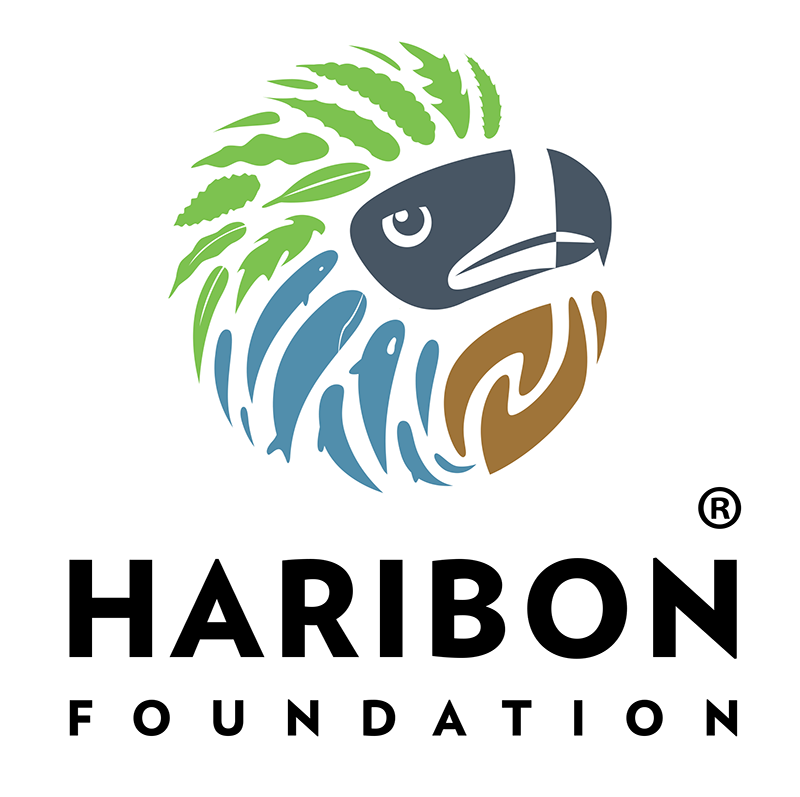Biologist Gregorio E. dela Rosa Jr. shares with us his visit to London for a conservation leadership course with the Zoological Society of London. The future of Philippine reefs may be uncertain, but as dela Rosa discovers, learning new methods to promote reef conservation will make it that much easier for him to do his job.
Biologist Gregorio E. dela Rosa Jr. stands beside his report highlighting three coral species the EDGE project supports on Polillo island.
by Gregorio E. dela Rosa Jr.
Research Department, Haribon Foundation
The shortest way between point A and B is a straight line. Suffice to say that if you add another point there is bound to be an event of significance. As my Evolutionarily Distinct and Globally Endangered (EDGE) Fellowship winds down, there is this uncertainty, a metaphysical open door to beyond. I have just completed by EDGE Fellowship focusing on the mushroom coral, Heliofungia actiniformis, in the municipality of Burdeos in the Philippines. There were things unknown to me before: the declining reefs of Burdeos, difficulty in finding the elegance coral Catalaphyllia jardinei, and that the coastal management plans need to be updated.
Biologist Gregorio E. dela Rosa Jr. alongside the other EDGE fellows of ZSL or the Zoological Society of London.
During the first two weeks of September, I again visited the Zoological Society of London (ZSL) for the EDGE Fellows Conservation Leadership Course. I’ve finally met the other EDGE fellows, Phuong from Vietnam, Dῠsan from Croatia, Marcel from Cameroon, and Ali from Kenya. Grace, also from the Philippines, was there too, she’s working on the EDGE Coral species in Southern Leyte.
For two weeks, we, the EDGE Fellows, discussed, presented, networked, and brainstormed the future of our fellowship. For me, it was an intense two-week journey full of enthusiasm and learning.
In those two weeks, I’ve learned the concepts how to create, build and maintain teams. Communication is key, as well as constructive feedback and a little prodding along the way.
Another thing that I’ve learned, and still learning, is how to engage the business and industry sectors in conservation work to achieve a common goal, which in return, would be beneficial for both the conservation work and the business industries. I wrote down to-do things during pauses, which is a must-do once I return to the Philippines.
Biologist Gregorio E. dela Rosa Jr alongside the other EDGE fellows.
In those two weeks, I had to relearn and rethink things I’ve gained knowledge of before my fellowship such as elevator pitches where you get somebody to buy-in on your conservation work, all in five minutes, simple yet, true; logical frameworks, posters, budget management, etc, to improve my work, and my life.
Working with like-minded people was fun! As per our dynamic and always exuberant coral reef lecturer, Dr. David Smith of the University of Essex, “it’s practice, practice, practice.”
Aside from the sessions, we get to see ZSL’s Whipsnade Zoo and pubs. On our spare time, I was able to visit and enjoy the British Museum, the National Gallery, Battery Park and St. James Park.
Hopefully, in my next visit, I could go check the Tate, Kew Gardens and the Victoria and Albert Museums.
While I anticipate my next trip to London, I still have to expand my conservation work in the Polillo Group of Islands to visit again ZSL. As I write this, I’m still finishing my project proposal for my next EDGE Coral work. Fingers crossed.
